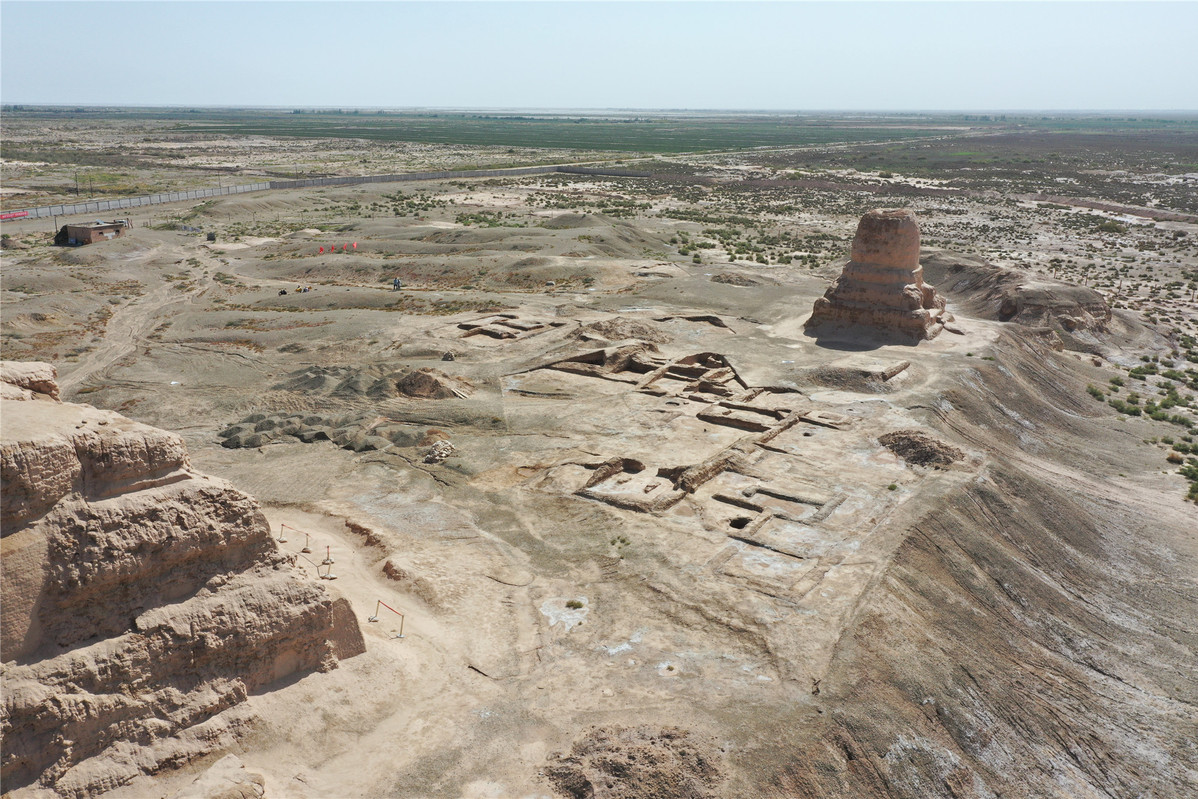Features
Mo'er Temple ruins: Uncovering an ancient Buddhist temple in westernmost China
Updated: Apr 9, 2024
Print
Share - WeChat


Mo'er Temple ruins, found in Kashgar, Xinjiang Uygur autonomous region, unveil the earliest large-scale, earthen-structured, ground-level Buddhist temple site in the westernmost part of China.
Unearthing over 10 large building foundations, including Buddha halls and monk's dormitories, along with nearly 30,000 specimens and fragments of various relics, ranging from pottery to plaster Buddha statues, this site offers a fascinating glimpse into ancient Buddhist practices.
The ruins offer valuable insights into the configuration of this large-scale Buddhist temple, as well as the localization of Buddhism in China, spanning from its initial introduction in the country right up to the late Tang Dynasty (618-907).




